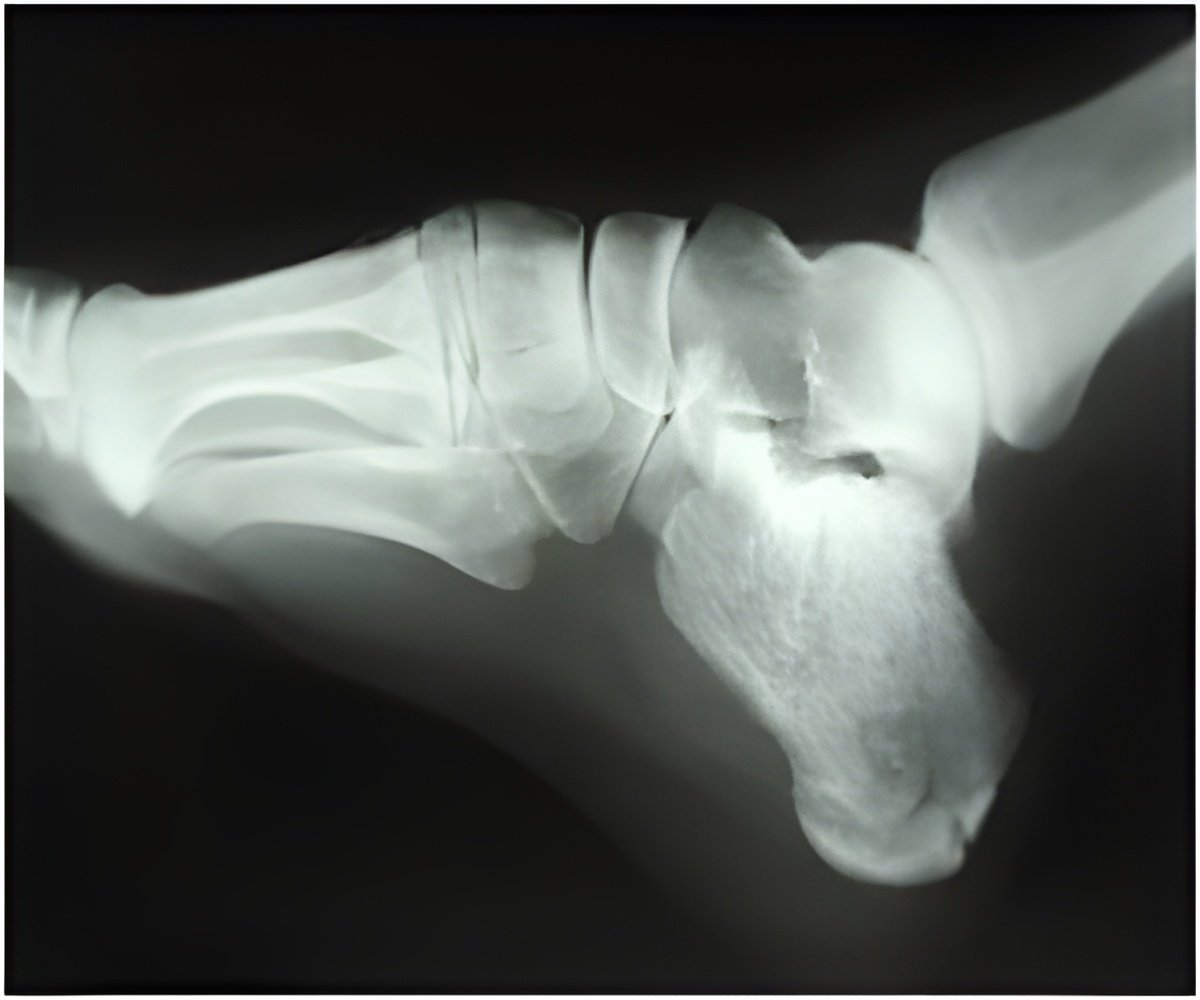A human bone was grown from stem cells taken from fat by scientists paving the way for repair or replacement of broken bones with those grown from a patient's own cells.

An Israeli biotechnology company that has been working with academics on the technology, will be conducting the first patient trial later this year, the Telegraph reports.
Avinoam Kadouri, profoessor and head of the scientific advisory board for Bonus BioGroup, said: "There is a need for artificial bones for injuries and in operations. We use three dimensional structures to fabricate the bone in the right shape and geometry. We can grow these bones outside the body and then transplant it to the patient at the right time.
"By scanning the damaged bone area, the implant should fit perfectly and merge with the surrounding tissue. There are no problems with rejection as the cells come from the patient's own body," added Kadouri.
The technology, which has been developed along with researchers at the Technion Institute of Research in Israel, uses three dimensional scans of the damaged bone to build a gel-like scaffold that matches the shape.
Stem cells, known as mesenchymal stem cells, which have the capacity to develop into many other types of cell in the body, are obtained from the patient's fat using liposuction.
Already animals have successfully received bone transplants. The scientists were able to insert almost an inch of lab-grown human bone into the middle section of a rat's leg bone, where it successfully merged with the remaining animal bone.
Kadouri said work was also under way to grow the soft cartilage at the ends of bones, which is needed if entire bones are to be produced in a lab.
Source-IANS
 MEDINDIA
MEDINDIA




 Email
Email






